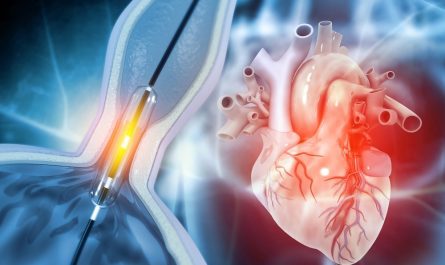The surgical drill has become an indispensable tool for surgeons performing a wide variety of procedures. Originally developed in the late 19th century, surgical drills have evolved greatly with advances in technology and materials. Today, surgical drills are smaller, more precise, and powered by batteries rather than bulky pneumatic systems. Their versatility allows surgeons to carefully shape and manipulate bone and other hard tissues with great control and accuracy.
Types of Surgical Drills
There are several different types of drills commonly used in surgery:
– Electric drills: Powered by rechargeable lithium-ion batteries, electric drills provide cordless operation and allow surgeons freedom of movement in the operating room. Most modern electric drills are lightweight and ergonomically designed for comfort during long procedures.
– Pneumatic drills: For procedures requiring high torque or where battery life may be an issue, compressed air-powered pneumatic drills are an option. However, they require bulky hoses and air lines which can clutter the operating field.
– Micro-motor drills: Extremely small battery-powered micro-motor drills allow surgeons to access confined surgical sites with great precision. Their slim profile is well-suited for minimally invasive, arthroscopic, and endoscopic procedures.
– Piezo drills: Using ultrasonic piezoelectric technology, piezo drills cut and shave bone while sparing soft tissues. They enable delicate surgical work near nerves and blood vessels with minimal risk of accidental damage.
Surgical Applications
Due to their versatility, Surgical drills are employed in a wide range of orthopedic, neurosurgical, ENT, dental, and other procedures:
Bone Grafting and Realignments
Drills are essential for preparing bone graft beds and correcting fractures or malalignments through osteotomies. Precise drilling allows bones to be reshaped as needed. Different burrs and bits are used for contouring, holes, and channels to securely anchor plates, screws, rods and other hardware.
arthroplasty and Joint Replacement
Drills play a key role in total joint replacement surgery, especially hip and knee replacements. They are used to prepare the intramedullary canal in long bones to ensure proper alignment and fixation of prosthetic stems. Drill guides help accurately position holes for implant anchoring screws.
Spinal Surgery
In spinal fusion, drills prepare the intervertebral spaces and exposed bone surfaces to facilitate graft incorporation and stabilization with plates, cages and rods. Minimally invasive transforaminal lumbar interbody fusion relies heavily on micro-drills to access the disc space through narrow tubular retractors.
Cranial and Maxillofacial Surgery
Neurosurgeons employ drill techniques for burr holes, decompression of fractures, and craniotomies. Oral and maxillofacial surgeons use drills for dental procedures like implant placement as well as correcting facial fractures or deformities with osteotomies.
Advantages of Surgical Drills
Compared to older methods using gouges, burrs and osteotomes that were blunt, less controlled instruments, drills improve accuracy and safety in the operating room:
– Precise hole placement: Drill guides allow surgeon to pre-plan and correctly locate screw and fixation holes in bone to ensure proper alignment and biomechanical support.
– Controlled cuts: Rotary drill bits cut in a smooth, controlled fashion minimizing risks of slipping, chatter or torque that could fracture bone. This improves accuracy and safety near delicate tissues.
– Ease of use: Modern surgical drills are lightweight, battery powered, and ergonomically designed for comfort and control. Cordless operation provides maximum mobility in tight spaces.
– Speed: Drills expedite procedures by quickly reshaping and preparing bone versus manual scraping and gouging. This reduces surgical time and anesthesia exposure for the patient.
– Visualization: Small drills facilitate minimally invasive techniques allowing surgeons endoscopic or arthroscopic views for procedures previously requiring large incisions.


